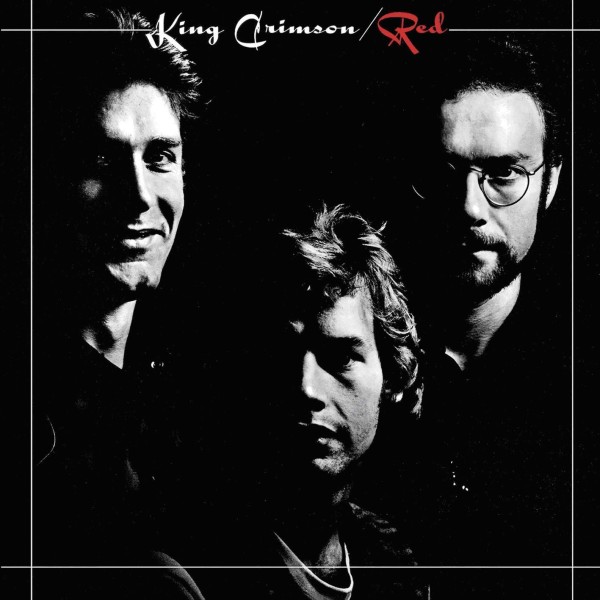King Crimson demonstrate within older radio rock style how to destroy the limitations of pop music as a compositional style, both removing popular conventions and launching their own musical lexicon with Red. This group is noted to have influenced Black Sabbath and have in turn influenced the black metal and death metal produced a generation later. Although progressive rock differs in aesthetic and ideology, the fundamental spirit is shared with these extreme genres much as despite their internal diversity they find commonality between radically dissimilar acts, much as Burzum and Sentenced do not share an ideology but have the same approach in spirit to life and music.
Red joined us in 1974, after the great hippie meltdown of 1969 but before the truly industrial product music of the 1980s. Harmonic rhythm notes jump across power chord riffs while motifs range across genre techniques from rock to heavy metal music in an assortment of ecclectic jazz beat music. Much as in the solo careers of these musicians, the music acts as a sort of sponge for influences, styles, techniques and ideas, but remains at its core the kind of imaginative progressive rock that drove Jethro Tull, Yes and Aphrodite’s Child. Notably electric guitar feedback loops amplified by acoustic resonance of room sound are used to produce a sonic resonance and lead melodic development, often resembling keyboard orchestra sounds as they define each song by developing atmosphere through the contrast between texture, tone and phrase.
Vocal songs as popular formatted compositions show movement rather than immediate resolution in music. Violent minimalism becomes eerily present as a lead guitar tone, carving sonic landscapes through sustained notes ringing in what would be describes as loops in ambient music, then intensifying these repeated patterns by doubling the guitars with crushing distortion. Songs show use another method of composition as opposed to the conventional rock major chord resolutions of popular music. Harmonically this album relies on half-steps followed by whole notes in a style then typical of the jazz fusion movement in rock. As if paying tribute to ancients, the rhythm is very rich with guitars producing massive sustain, reminiscent of DBC. A power chord motif leads order into disorder as the leitmotif is repeated inconsistently inbetween chaotic passages of large intervals creating sense of horror. Robert Fripp later innovated minimalist music playing his electric guitar through a tape feedback recorder and distortion and the nascent elements of that idea appear here as well.
If you went to an opera hall for a music performance, “love me do” pop-rock would not provide a sufficient intensity of experience. Redundant and eventually contradicting itself in political dogma, the rock format remained the same — guitar, bass, drums and singing lyrics — as the medium proved adequate enough to express a much wider range of music than what the format was originally intended for, but this required innovation in style and substance as King Crimson set out to do and succeeded with brilliantly in Red. Exceptional guitar works can be found still within parts of songs for those who take the time to listen to the whole album, which creates a feeling of mixed rock, jazz and classical music. The mythological, lyrical content of King Crimson continues a long legacy, reminiscent of much older works of this band, which continues through progressive rock to the underground metal of today.
http://www.youtube.com/watch?v=bns6gmoX7k0
http://www.youtube.com/watch?v=UNYOTVKpj3Q
6 CommentsTags: influences on heavy metal, king crimson, progressive rock, robert fripp


